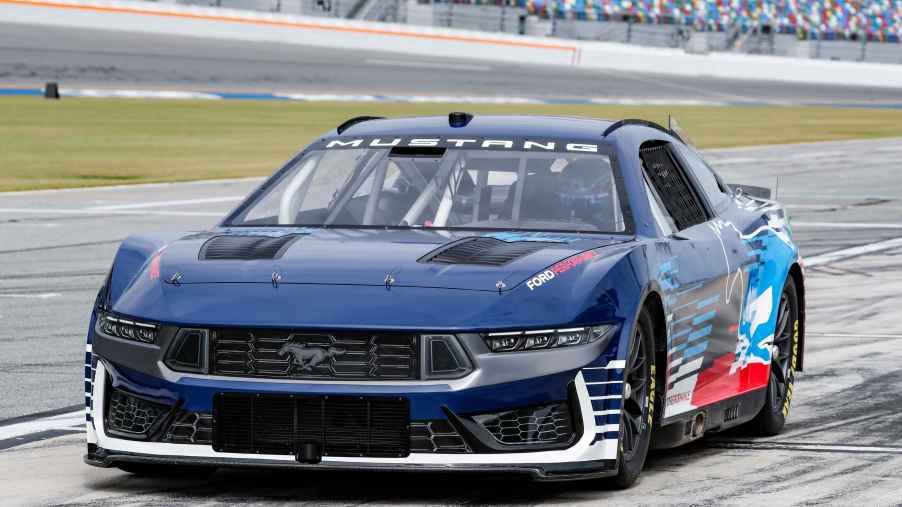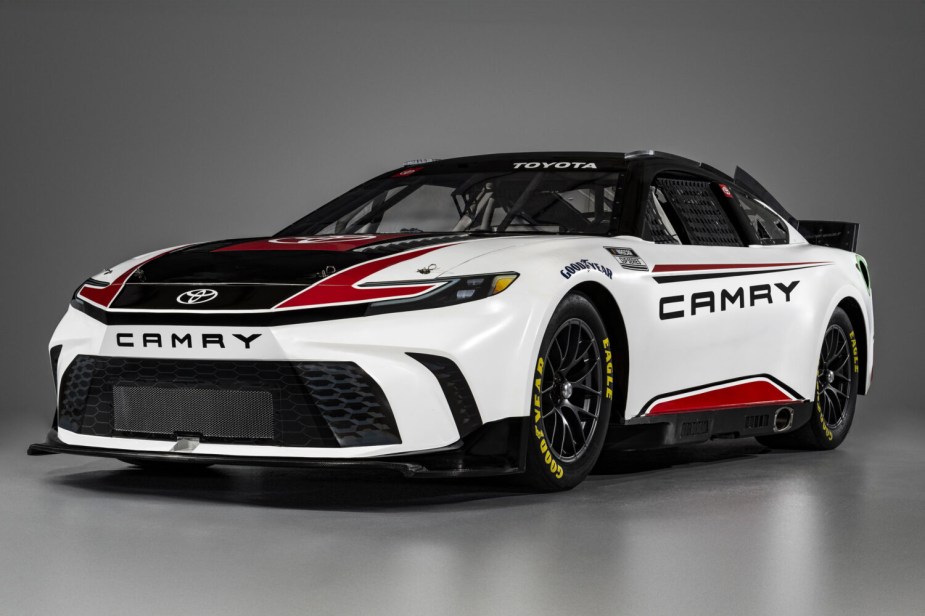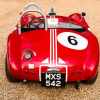
The New NASCAR Ford Mustang and Camry Debuts Will be Trial by Fire
The new Ford Mustang Dark Horse and Toyota Camry XSE are set to make their NASCAR debuts for the 2024 season, and how they perform in the pack will remain a mystery until qualifying positions for the Daytona 500 are up for grabs.

NASCAR reporter Bob Pockrass posted to X, formerly Twitter, the Cup Series’ Daytona Speedweeks tentative schedule for 2024. Missing once again from the list is a practice session before the field of drivers attempts to qualify.
As such, the new Mustang Dark Horse and Camry XSE will complete their first official laps around Daytona Wednesday, Feb. 14 in single-car qualifying. The Cup Series duel races, which finalize starting positions for all but the front row of the field, will take place the next night. Ford and Toyota drivers and teams won’t have any insight into how their cars perform in the pack, or have an opportunity to make adjustments, until the duels. This could prove especially frustrating for teams attempting to qualify Fords or Toyotas that don’t have a charter and must qualify or race their way into Daytona 500 field. For instance, David Ragan is attempting to qualify the No. 60 Roush-Fenway-Keselowski Mustang Dark Horse without a charter.
The lack of practice before the duels could create issues for all drivers, however. The revised front and rear fascias of the Mustang Dark Horse and Camry Cup cars are unlikely to have the same bump drafting tendencies as the prior versions. But drivers won’t have the opportunity to see how these cars “link-up” until the duels.
Additionally, no teams will have the opportunity to iron out any kinks before their qualifying attempts. That could prove a major issue for all teams, especially those attempting to earn their way into the race without a charter.
To note, the Mustang Dark Horse and Camry XSE Next Gen cars will compete in the Feb. 4 Clash at the Coliseum in Los Angeles prior to the Daytona 500. However, the quarter-mile track won’t give drivers much, if any, insight into how the cars perform in the draft, how their revised bodies will impact bump drafting or their aerodynamics at full tilt during race scenarios at larger tracks. Ultimately, Ford and Toyota drivers, and everyone else in the field by proxy, will be going into the Daytona 500 weekend with little knowledge of these car’s performance outside of pre-season testing.
Ultimately, the new Ford and Toyota bodies will be put to the test under the most extreme conditions — race day.



